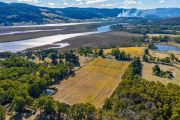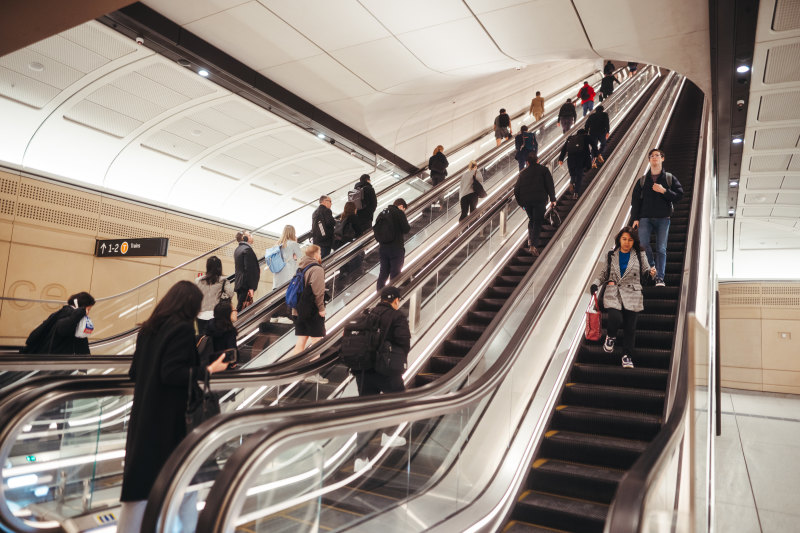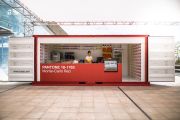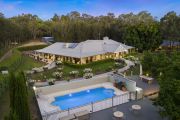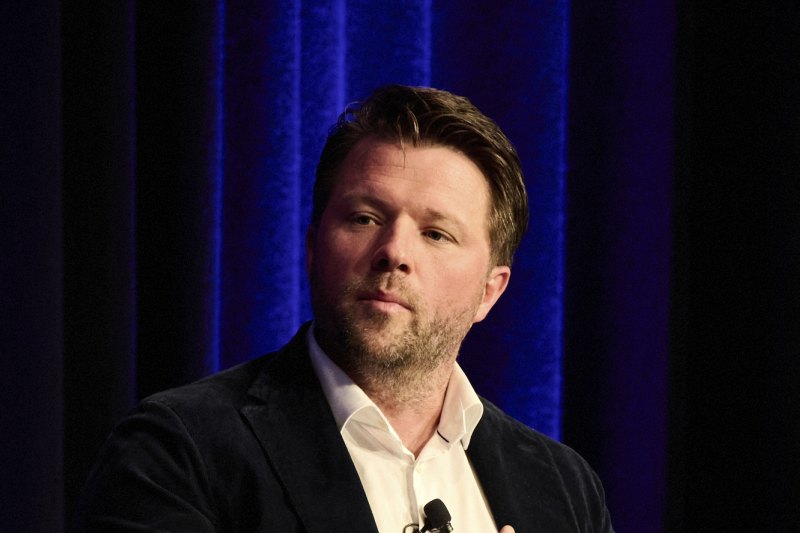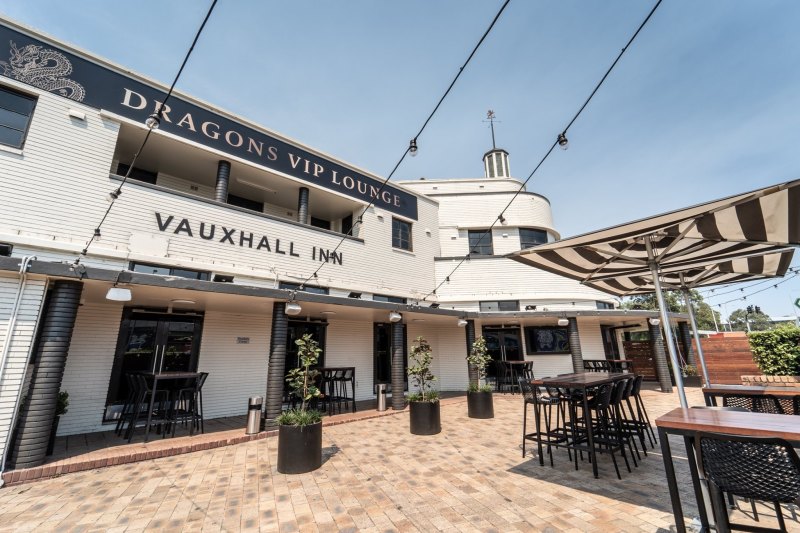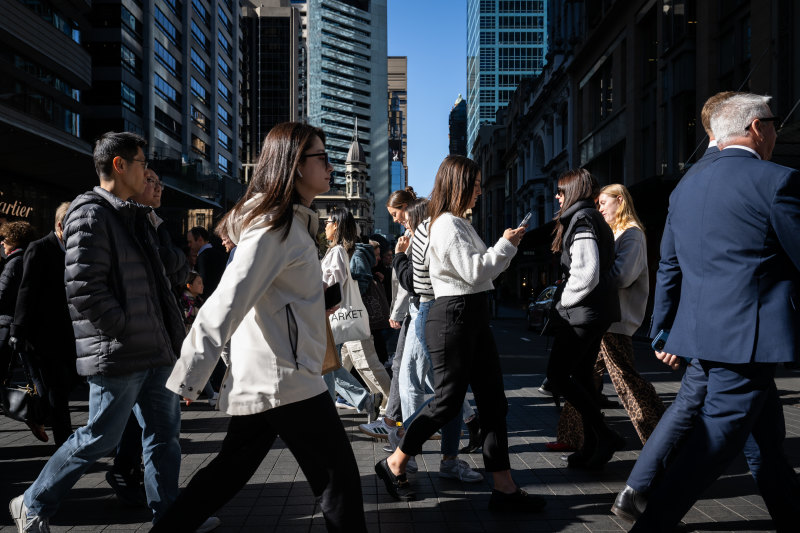
Australia’s cities no longer ghost towns as workers, travellers and students return
City retailers are popping the champagne corks as workers return to the office, international tourists and students fly in and shoppers come back for weekend visits.
Vacancy rates have fallen to near pre-pandemic levels, and Melbourne is leading that charge with the lowest level in the country of 6.9 per cent, down from 7.4 per cent in the December 2023 half. Sydney’s level is about 7.4 per cent, compared with 8.1 per cent over that same period.
The two largest landlords in the country, Scentre and Vicinity, confirmed demand for retail was rising, saying their CBD tenants were riding higher than any time in the past four years.
There has been a plethora of leases signed across all capital cities, from the traditional sectors of footwear and apparel to food, pubs and luxury brands. The Lego store in Sydney’s Pitt Street Mall and Fortress in the Melbourne Emporium have also been drawcards for city shoppers.
Brisbane and Perth have also expanded their luxury retail footprint. Brisbane’s large prime retail core now dedicates 9.8 per cent of its shops to luxury brands, with QueensPlaza’s influence extending to Edward Street. Perth’s luxury sector has grown to 5.3 per cent, bolstered by the high-quality addition of Raine Square in the CBD.
The latest CBRE Australian CBD retail vacancy report for the six months to the end of June reveals that Australia’s vacancy fell 39 basis points to 12.1 per cent.
Head of retail research at CBRE Kate Bailey said vacancy had tightened nationally.
“The return to office, coupled with increased tourism and international student inflows, has led to increased foot traffic in CBDs, supporting occupier appetite for floor space within these cities,” Bailey said.
A total of 5646 CBD retail outlets were surveyed for the report. Melbourne had the highest number of retail outlets surveyed at 1720, followed by Sydney (1553), Brisbane (1335), Perth (673) and Adelaide (365).
Of the large deals, in Sydney the core CBD continued to see strong inflow of local and global brands securing flagship tenancies in strip locations including MJ Bale at 1 Martin Place and Rodd & Gunn at 14 Martin Place.
‘With the new metro opening, we expect the improved connectivity and accessibility will drive increased pedestrian traffic to new areas of the CBD.’
Leif Olson, CBRE Australian head of retail leasing
Melbourne’s Collins Street has also solidified its reputation as a prestigious shopping destination, housing all major luxury brands in one strip.
Vicinity Centres, which has a stake in Sydney’s Queen Victoria Building, the Strand Arcade and The Galeries, said at the full-year results that the CBD had all performed well.
“Of note, at 99.6 per cent, CBD centre occupancy now exceeds pre-COVID levels, reflecting not only retailer confidence in the future of CBDs, but also outstanding leasing execution by our team, with the introduction of new flagship stores and new-to-market concepts,” Vicinity chief executive Peter Huddle said.
Australian head of retail leasing at CBRE Leif Olson added that demand for core strip locations in the CBD remained strong as occupiers sought to promote brand awareness and push product sales.
“With the new metro opening, we expect the improved connectivity and accessibility will drive increased pedestrian traffic to new areas of the CBD, which will result in a further decline in vacancy across prime and secondary retail space,” Olson said.
Arcade retail vacancy had the largest decline in the first half to 6.9 per cent. This is in part driven by the major refurbishment of The General Post Office, where the number of leases signed has risen, including MJ Bale’s new flagship store of 240 square metres.
Scentre is soon to launch its new-look Westfield Sydney luxury space on the corner of Market and Castlereagh streets, to be anchored by Chanel.
“We are introducing a further five levels of luxury and high-end retail, including the new Chanel boutique,” Scentre chief executive Elliott Rusanow said. “Other brands to join the expanded Westfield Sydney will include Moncler, Omega and Canada Goose.”
Ray White head of research Vanessa Rader said the quality of CBD retail offerings was crucial for attracting premium tenants and enhancing city vibrancy.
“Creating spaces that appeal to both locals and international visitors, combined with a strong weekday workforce, will ensure the long-term viability of our retail storefronts and support smaller local businesses in this post-pandemic era,” Rader said.
“While traditional luxury items may be beyond the reach of many CBD shoppers, there’s a growing trend of specialised, high-quality food retailers. Upscale pastry shops, nut stores, chocolatiers, and ice-cream options are gaining popularity, offering consumers a taste of affordable luxury.”

